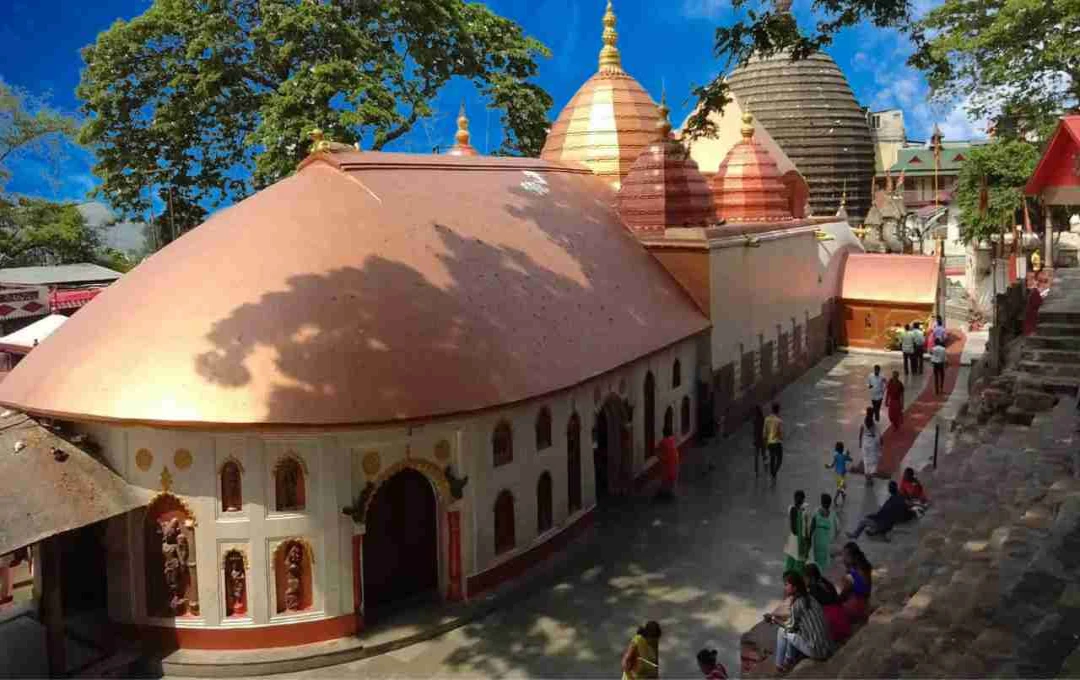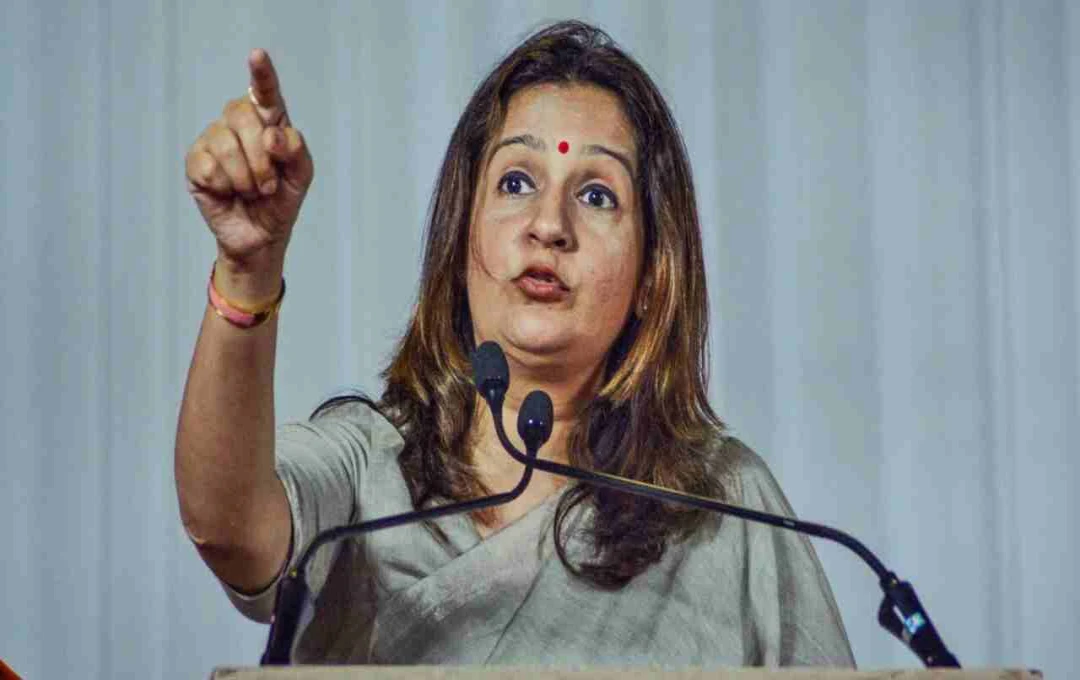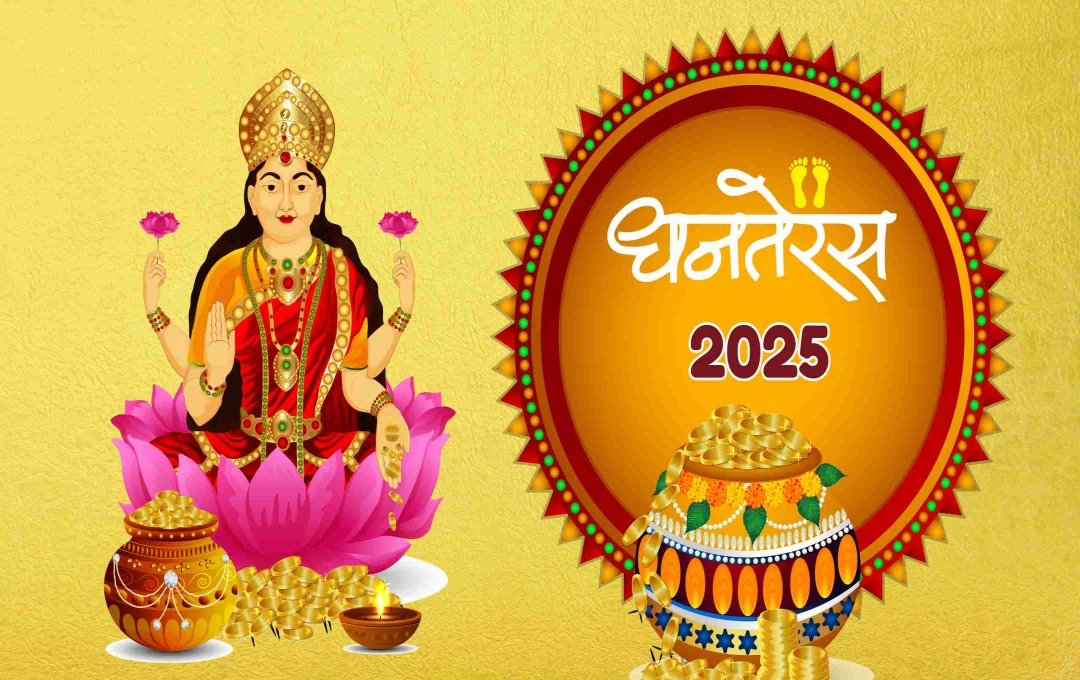India is a land of diversity, where different expressions of faith and devotion are visible in every corner. Among these places of worship, one stands out as profoundly mysterious, historical, and of tantric significance: the Kamakhya Devi Temple, situated on the Nilachal Hills in Guwahati, Assam. This temple is not merely a religious site, but a mystery that reflects Indian tantric traditions, feminine power, and a deep connection with nature. Here, the idol of the deity is not worshipped, but rather a natural, yoni-shaped rock is revered, symbolizing feminine energy and the power of creation. This temple is considered the most important and unique among the 51 Shakti Peethas of Indian Shakti Sadhana.
Mythological Beliefs and Significance of the Temple
It is believed that the Kamakhya Temple is the very spot where the yoni (vagina) of Sati fell when Lord Shiva, in a state of cosmic dance (Tandava), carried her corpse across the universe. This place became a symbol of Sati's generative power and creative energy, and thus, the deity is worshipped in the form of a yoni. The tantric texts, the Kalika Purana and Yogini Tantra, identify this place as the center of the divine energy. The worship rituals here are primarily based on the Vamachara tantric sadhana system, which includes traditions like animal sacrifice.
Ambubachi Mela: When the Goddess Menstruates
The most significant and unique festival of the Kamakhya Temple is the Ambubachi Mela, which is celebrated as the festival of the goddess's menstruation. It takes place once a year, between June and July. During this time, the sanctum sanctorum of the temple is closed for three days, and it is believed that the goddess undergoes her menstrual cycle. On the fourth day, the doors of the temple are opened, and thousands of devotees, tantrics, and foreign tourists come to participate in this extraordinary tantric ritual.
Architecture of the Temple: A Marvelous Fusion of Local and Mixed Styles
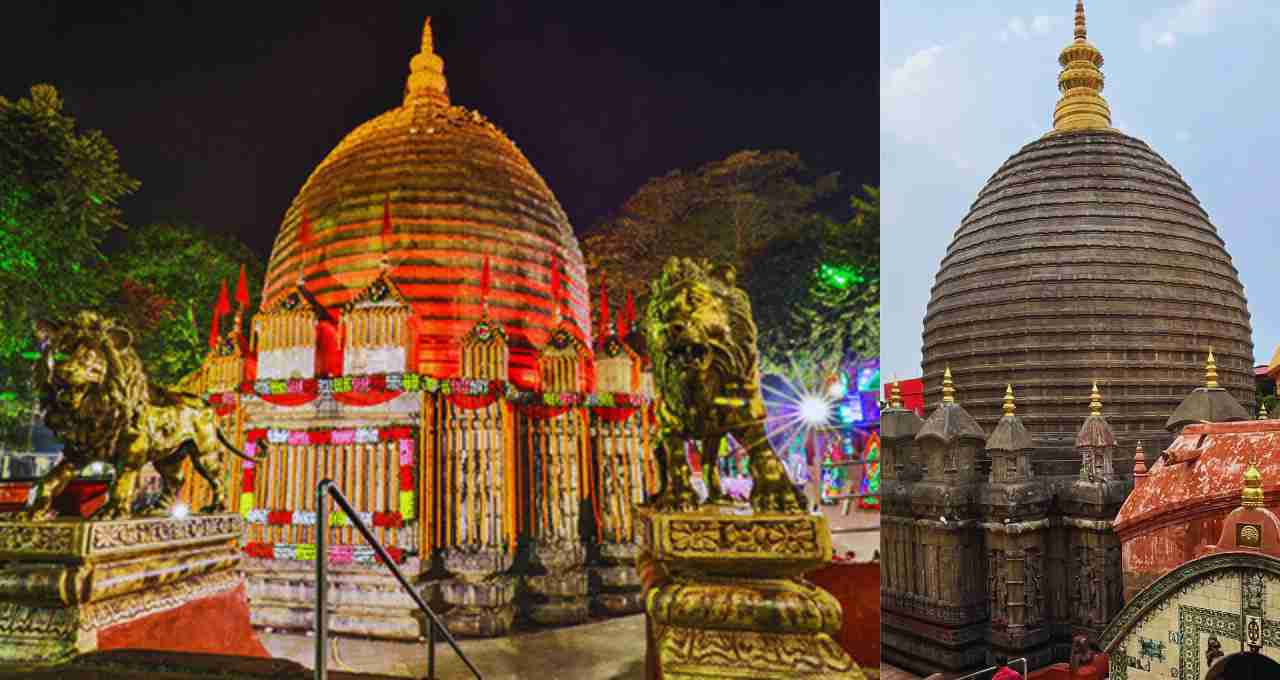
The structure of the Kamakhya Temple is in a unique style known as the 'Nilachal style', which showcases a blend of Nagara, Bengali, and Islamic architecture. Its construction began in the 8th-9th centuries and was rebuilt in the 16th century under the patronage of the Koch kings. Both stone and brick have been used in its construction, with a dome-shaped spire that is particularly captivating.
The temple is divided into four parts:
- Garbhagriha (Sanctum Sanctorum): Where the yoni form of the goddess is worshipped.
- Kalantha: The place of sacred idols.
- Pancharatna Kaksha: The main worship hall.
- Nrityamandapa: The hall for assemblies and religious rituals.
A Center of Shaktism and the Ten Mahavidyas
The Kamakhya Temple is not only dedicated to one goddess but is also a major seat of the ten Mahavidyas. The ten Mahavidyas are: Kali, Tara, Tripura Sundari, Bhuvaneshwari, Bhairavi, Chinnamasta, Dhumavati, Bagalamukhi, Matangi, and Kamalatmika. Of these, three – Tripura Sundari, Matangi, and Kamala – reside in the sanctum sanctorum, while the other seven are located in separate sub-temples within the complex. Nowhere else in India is such a group of Mahavidyas found, making this temple highly unique.
Kamakhya: The Mystery of Feminine Power and Health
The Kamakhya Temple is not just a center for tantric rituals or spiritual energy; it is also seen as a symbol of women's health. Here, menstruation, which is often considered taboo in society, is worshipped as the creative power of the goddess. The Ambubachi Mela, the celebration of the goddess's menstruation, bly conveys the message that menstruation is not an impure act but a power of creation. This symbolic worship has not only changed social perceptions but has also shown that respect and understanding of the female body are essential for the progress of life and society.
Historical Development and the Contributions of Rulers
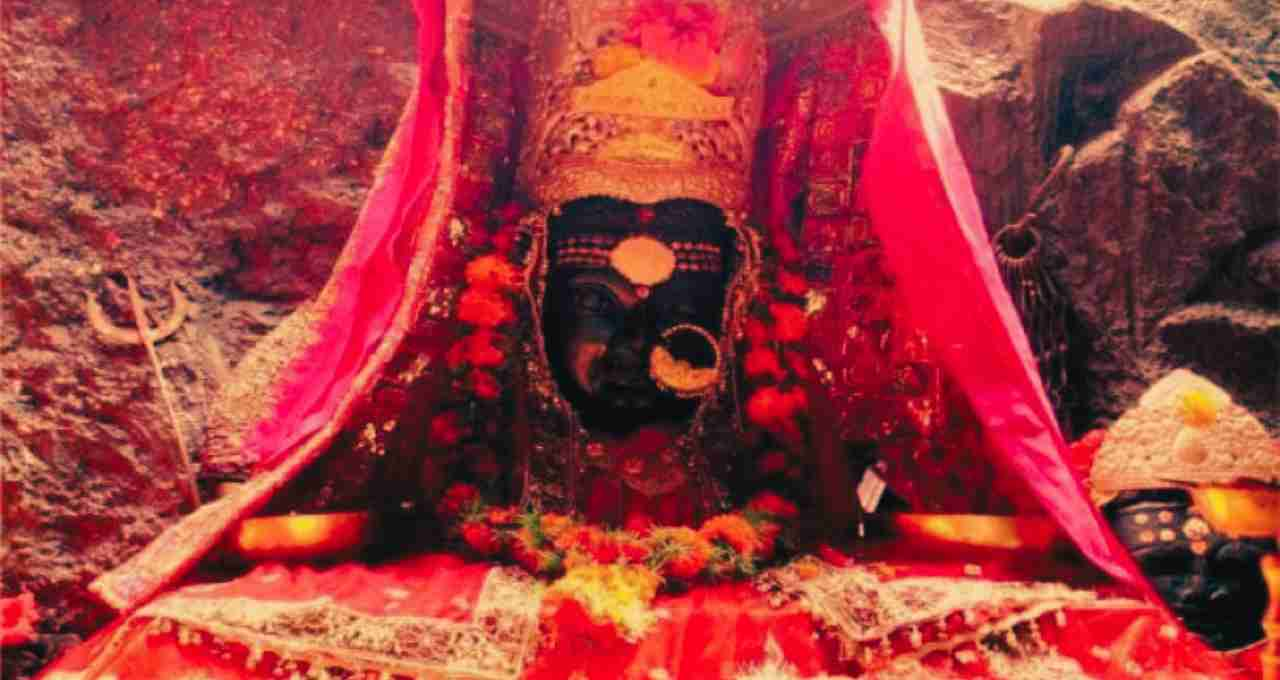
The name Kamakhya Temple first appears in the inscriptions of Vanmalavarma of the Mlechchha dynasty in the 9th century. Later, the Palas, Kochas, and Ahoms rulers reconstructed and renovated the temple. The temple was built in the 16th century by Nara Narayan of the Koch dynasty and his commander Chilarai. Construction work was also undertaken in the 18th century by Ahom rulers, Siva Singh and Rajeswar Singh. The Nrityamandapa (dance hall) of the temple was built during their reign. Many sculptures and inscriptions from that time can still be seen on the temple walls.
Kamakhya and Contemporary Society
In 2015, the Supreme Court of India transferred the administration of the temple from the Kamakhya Debutter Board to the Bordeuri Samaj, placing religious control in the hands of the community. Today, this temple has become a major religious, cultural, and tourist destination not only in Assam but also in India. Every year, millions of devotees visit to seek darshan (divine sight), and tantric practitioners come here to practice sadhana to experience the power.
Special Traditions and Rituals
Animal Sacrifice: Goats are still sacrificed in the temple daily, particularly during Ambubachi or special puja occasions. However, there are now many social and legal voices against this practice. Vamachara and Dakshinachara Puja Practices: Tantric practitioners of both practices perform their sadhana here. A Place of Direct Experience: Kamakhya is not just a matter of faith but a vibrant energy field where practitioners directly experience the power (Shakti).
The Kamakhya Devi Temple is not merely a religious site but a symbol of India's feminine power, tantric practices, and cultural diversity. This temple shows that the power of creation, whether physical or spiritual, resides within the woman. It challenges social taboos and presents a new perspective—where menstruation, the yoni, and the female body are not considered impure but are revered.
